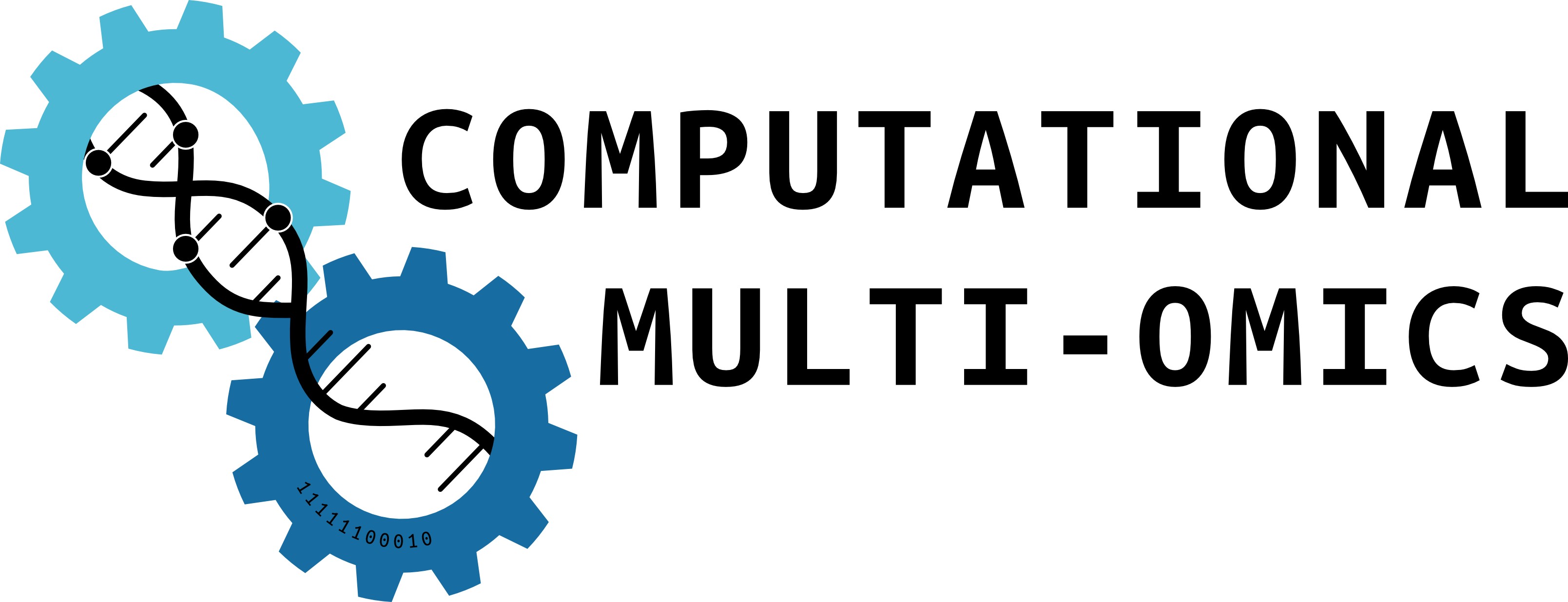Glycosylation machinery is tightly regulated in healthy tissues and impaired in ageing/tumorigenesis

Glycosylation is a fundamental cellular process affecting human development and health. Complex machinery establishes the glycan structures whose heterogeneity provides greater structural diversity than other post-translational modifications. Although known to present spatial and temporal diversity, the evolution of glycosylation and its role at the tissue-specific level is poorly understood. In this study, we combined genome and transcriptome profiles of healthy and diseased tissues to uncover novel insights into the complex role of glycosylation in humans. We constructed a catalogue of human glycosylation factors, including transferases, hydrolases and other genes directly involved in glycosylation. These were categorized as involved in N-, O- and lipid-linked glycosylation, glypiation, and glycosaminoglycan synthesis. Our data showed that these glycosylation factors constitute an ancient family of genes, where evolutionary constraints suppressed large gene duplications, except for genes involved in O-linked and lipid glycosylation. The transcriptome profiles of 30 healthy human tissues revealed tissue-specific expression patterns preserved across mammals. In addition, clusters of tightly co-expressed genes suggest a glycosylation code underlying tissue identity. Interestingly, several glycosylation factors showed tissue-specific profiles varying with age, suggesting a role in ageing-related disorders. In cancer, our analysis revealed that glycosylation factors are highly perturbed, at the genome and transcriptome levels, with a strong predominance of copy number alterations. Moreover, glycosylation factor dysregulation was associated with distinct cellular compositions of the tumor microenvironment, reinforcing the impact of glycosylation in modulating the immune system. Overall, this work provides genome-wide evidence that the glycosylation machinery is tightly regulated in healthy tissues and impaired in ageing and tumorigenesis, unveiling novel potential roles as prognostic biomarkers or therapeutic targets (Sobral et al, 2022, Biomedicines).
